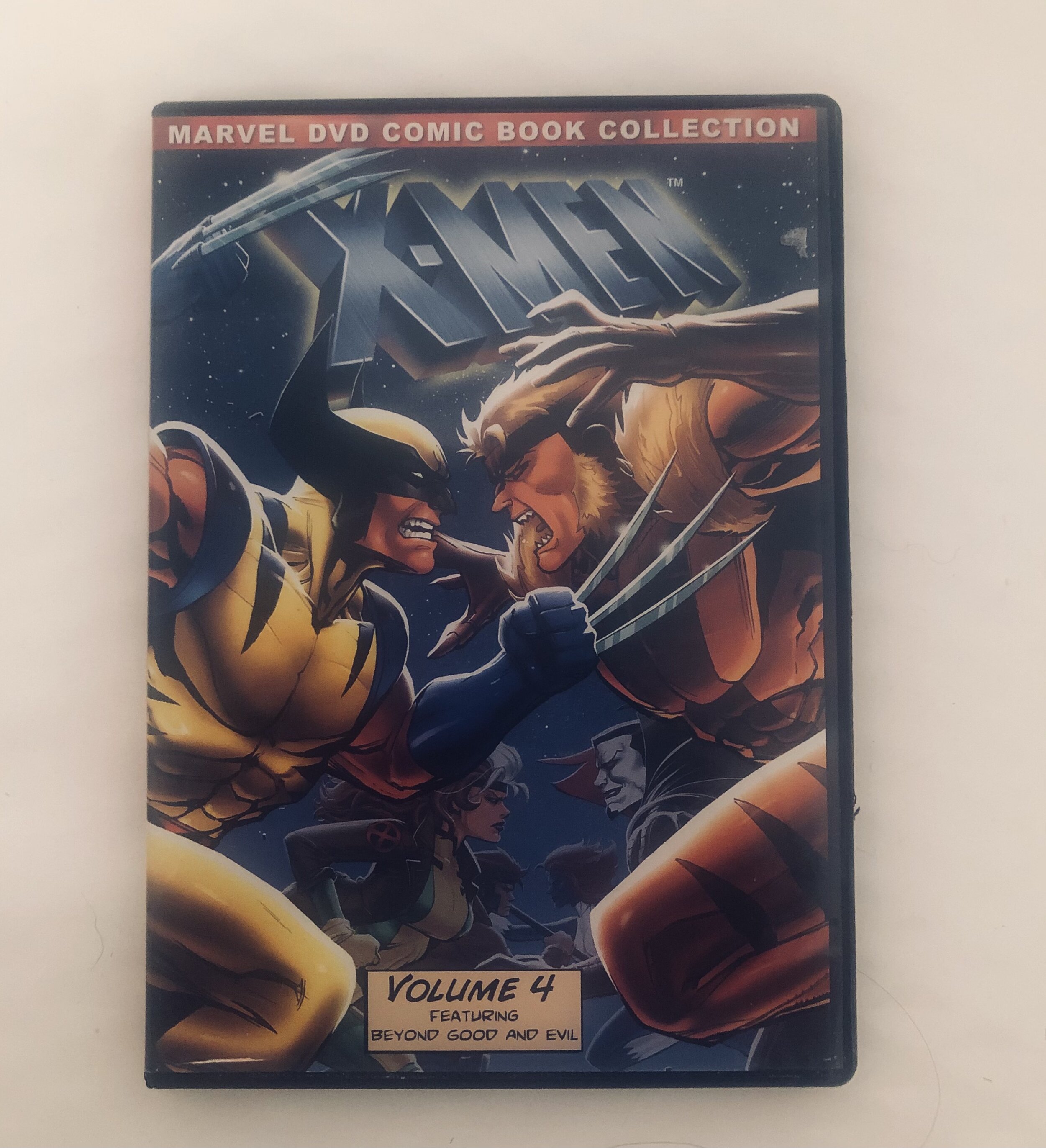Nostalgia for 2020?
/It was the best of times, It the worst of times. But mostly the worst of times
December is often a month of reflection, a celebration of the old year as we hopefully descend into a new one. However, I think we can all agree that the beginning of the decade did not start on the right foot. Between a global pandemic, killer hornets, and fires in the Amazon, it feels as if we are living in a dystopian nightmare. As we wrap up these final days of 2020, we remain cautiously optimistic about the new year- probably more cautious than optimistic. But despite all the hardships we endured throughout the last 365 days when we look back in five or ten years, will we have nostalgia for 2020?
2020: A Bitter Sweet Memory
I’m sure those who survived the plague didn’t look back and say, “Hey, remember the Bubonic plague? That was fun!” I am positive that no one will bask in the memory of a province-wide lockdown and wearing face masks. Anyone who is an essential service worker or a health care provider can tell you first hand that there is nothing fun about a pandemic. But 2020 reminded us that the human race is resilient.
In an election that brought the world to its knees, U.S. President-elect Joe Biden made history by earning 80 million votes. At the same time, Kamala Harris, VP-elect, will become the first woman to be vice-president. While across the globe, over one-hundred COVID-19 vaccines are in development. Students and professionals worldwide are continually adapting to an online environment, and they are thriving- suffering, but making it work.
Everyone has their definition of nostalgia. Zoom presentations may not give us that warm and fuzzy feeling, but there are key moments that we will fondly look back on.
Suppose the only memory you have of this year is surviving. Let that be your greatest accomplishment. In five years from now, you can say with pride that you survived 2020. Like director Brad Bird once said, “It’s not fun crossing the Gobi desert, but at least you can say you made it out the other side.”
New year, Now What?
2020 was no doubt a challenge for pretty much everyone. As we reach the end of this dismal year, it’s hard to stay optimistic when it seems as if life is getting worse instead of better. We are still living through uncertain times. This pandemic isn’t going to end just because the clock strikes midnight. The calendar is not going to restore the economy. Most of us are still longing for the days before masks and social distancing.
However, the start of a new year is like a blank page in the story that is your life. Okay, that’s cheesy, but there is an opportunity to start over come January 1st. Of course, that is much easier said than done. Depending on how you experienced the last twelve months, it’s natural to feel a bit anxious, lost and even hopeless. But as we try to carry on, we must recognize that we have the absolute power to choose what we take with us. So, what will you remember? What will you leave in 2020, but more importantly, what will you take with you?
“Hold on to the memories, they will hold on to you.” – Taylor Swift, New Years Day
Liz Marion
Liz is a full time student with a background in illustration and concept art. She is currently trying her best.











